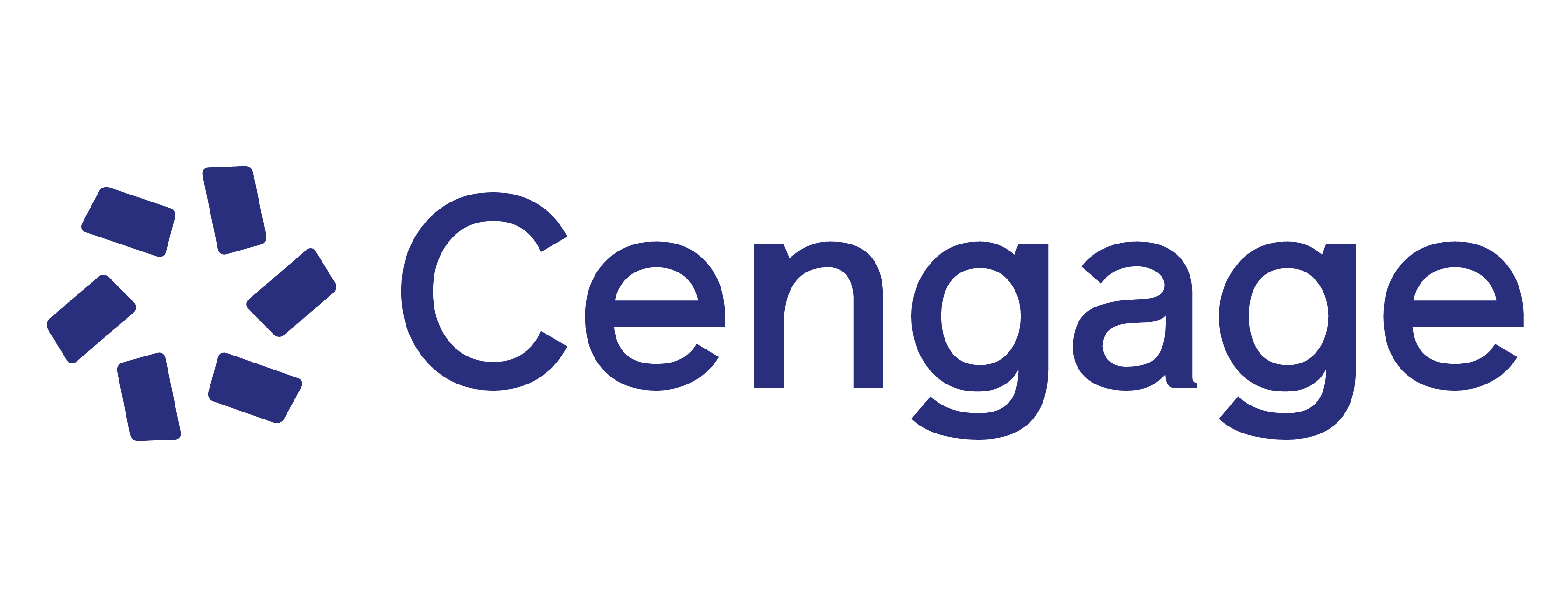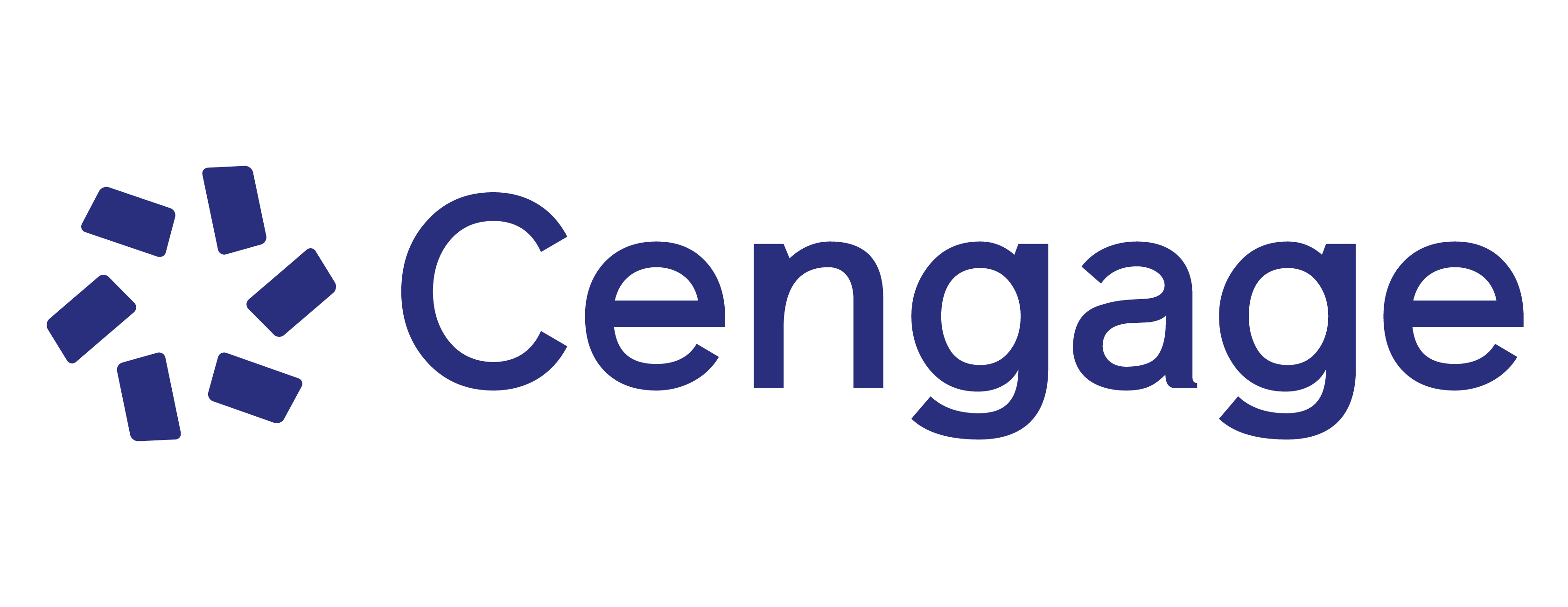This brief guidebook assists you in mastering the difficult concept of pushing electrons that is vital to your success in Organic Chemistry. With an investment of only 12 to 16 hours of self-study you can have a better understanding of how to write resonance structures and will become comfortable with bond-making and bond-breaking steps in organic mechanisms. A paper-on-pencil approach uses active involvement and repetition to teach you to properly push electrons to generate resonance structures and write organic mechanisms with a minimum of memorization. Compatible with any organic chemistry textbook.
1. Lewis Structures.
2. Resonance Structures.
3. Mechanisms.
4. On Solving Mechanism Problems.
5. Some Reactiosn from Biochemistry.
-
Daniel P. Weeks
Daniel Weeks is a native of New Jersey. He earned a B.S. in chemistry at Wesleyan College in West Virginia, and an M.S. and Ph.D. in organic chemistry at the University of Delaware. After a post-doctoral year at Brown University he began to learn his craft during a temporary appointment at Haverford College. He taught at Seton Hall University for about 20 years and finished his career with ten delightful years at Northwestern University. While he published research on the mechanisms of hydrolysis of organic compounds in aqueous solutions, mostly in the Journal of the American Chemical Society, his greatest satisfaction came from "seeing the light go on in his students' eyes." He has a reputation as an informative, entertaining and even funny lecturer. He is a self-confessed "ham" who always remembered that although what he taught was old stuff to him it was new to his students.
-
All structures redrawn with attention to correcting all bond lengths and angles.
-
Updated and enhanced figures throughout the book.
-
A new chapter added on the mechanisms for making synthetic polymers.
-
A new section added on constitutional isomers.
-
A new section added on correcting common mechanistic mistakes.
-
Updated and enhanced figures throughout the book.
-
A new chapter added on the mechanisms for making synthetic polymers.
-
A new section added on constitutional isomers.
-
A new section added on correcting common mechanistic mistakes.
-
The key to the success of this book is that it knows its place. It is a supplement that should be assigned alongside a textbook, not as a textbook replacement or a standalone product. The best way to market this book would be to convince ochem instructors that this will be a terrific 8-10 hr supplement that will be a great investment for getting their students up to speed with mechanisms. This step-by-step mechanistic approach fills an important hole that textbooks don't cover.
-
Helps students master to critical concept of pushing electrons.
-
Entire program requires only 12 to 16 hours of students time through self-study.
-
A paper-on-pencil approach uses active involvement and repetition to teach the student.
-
The book will prepare students to write resonance structures and write organic mechanisms with a minimum of memorization. Compatible with any organic chemistry textbook or course.
-
Helps students master to critical concept of pushing electrons.
-
Entire program requires only 12 to 16 hours of students time through self-study.
-
A paper-on-pencil approach uses active involvement and repetition to teach the student.
-
Compatible with any organic chemistry textbook or course.
-
The book will prepare students to write resonance structures and write organic mechanisms with a minimum of memorization.


